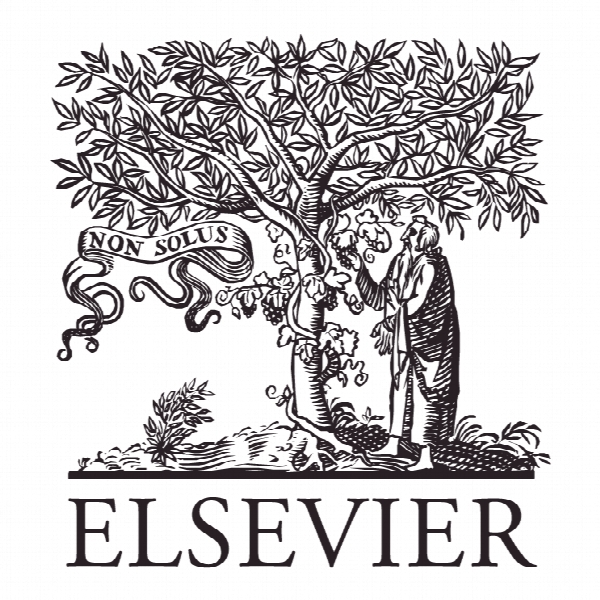انفجار زغال سنگ که در طول توسعه به وجود می آید: مهندسی مکانیک سنگ Coal bursts that occur during development: A rock mechanics enigma
- نوع فایل : کتاب
- زبان : انگلیسی
- ناشر : Elsevier
- چاپ و سال / کشور: 2018
توضیحات
رشته های مرتبط مهندسی معدن
گرایش های مرتبط مکانیک سنگ
مجله بین المللی علوم و تکنولوژی معدنی – International Journal of Mining Science and Technology
دانشگاه Safety and Health Administration – Pittsburgh – USA
شناسه دیجیتال – doi https://doi.org/10.1016/j.ijmst.2017.11.014
منتشر شده در نشریه الزویر
کلمات کلیدی انگلیسی Coal, Underground, Ground control, Bursts, Multiple seam
گرایش های مرتبط مکانیک سنگ
مجله بین المللی علوم و تکنولوژی معدنی – International Journal of Mining Science and Technology
دانشگاه Safety and Health Administration – Pittsburgh – USA
شناسه دیجیتال – doi https://doi.org/10.1016/j.ijmst.2017.11.014
منتشر شده در نشریه الزویر
کلمات کلیدی انگلیسی Coal, Underground, Ground control, Bursts, Multiple seam
Description
1. Introduction: overview of coal bursts in the US The long history of coal bursts in the US has been welldocumented. Iannacchione and Zelanko analyzed the US Bureau of Mines (USBM) database of 172 bursts that had occurred between 1936 and 1993 [1]. The bursts included in the database were serious enough to warrant USBM investigations and reports, and together they resulted in 87 fatalities and 163 injuries. Iannacchione and Zelanko reported that 24 of these events, 14% of the total, occurred during development [1]. All 24 incidents were reanalyzed for this study, and it seems they fall into three categories: (1) events that occurred at the Mid-Continent mines, located in Colorado, which were likely gas outbursts rather than coal bursts (n = 12), (2) events that occurred at several mines in Central Appalachia, which were affected by nearby goafs or multiple-seam interactions (n = 9), (3) three events at the Sunnyside No. 2 and Deer Creek mines, both in Utah, that were purely development bursts. In the US, coal mines must report to Mine Safety and Health Administration (MSHA) any ‘‘coal or rock outburst that causes withdrawal of miners or which disrupts regular mining activity for more than one hour” (Code of Federal Regulations, Title 30, Part 50.2). Between 1983 and 2017, 283 bursts were reported to MSHA. Seven of these resulted in a total of nine fatalities; two on longwalls, and seven during five pillar recovery events. Fig. 1 shows the number of bursts reported each year to MSHA. The long-term declining trend is very pronounced. During the early 1980s, approximately 14 bursts were reported each year, but, in recent years, the number has averaged less than three. The number of development bursts has also declined, with just one reported since 2010. Fig. 2 shows that 42% of the bursts during the 34-year period occurred on the longwall face. Another 12% affected the tailgate entry at the corner of the longwall face, and 18% occurred during retreat mining. All of these locations are subject to very high stresses, and they are directly affected by mining activity and might be considered likely locations for bursts. On the other hand, 20% of the bursts occurred during entry development, and another 8% affected pillars in the headgate, bleeder, or other outby locations. Fig. 3 shows regional trends. In Utah, 58% of the total 149 events occurred on the longwall face, and another 17% occurred either in the longwall tailgate or during pillar recovery. Similarly, in Central Appalachia, 78% of the 23 reported bursts occurred on the longwall face, tailgate, or pillar line. In Colorado, on the other hand, nearly half of the bursts occurred during entry development or in the headgate, bleeder, or other outby location. Although 46 of the 64 Colorado events took place in longwall mines, only nine occurred on a longwall face.


